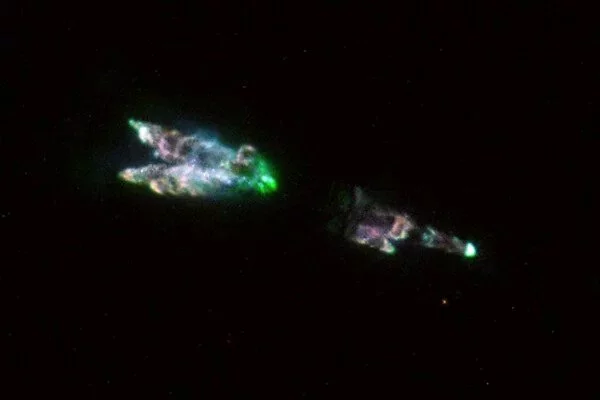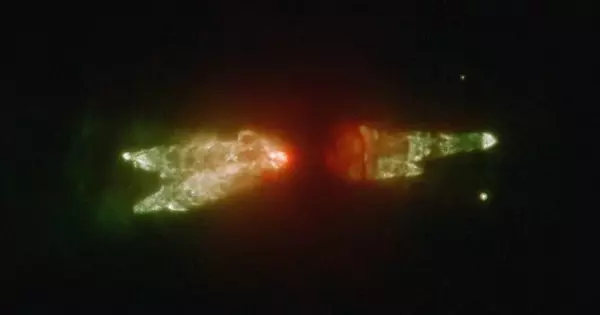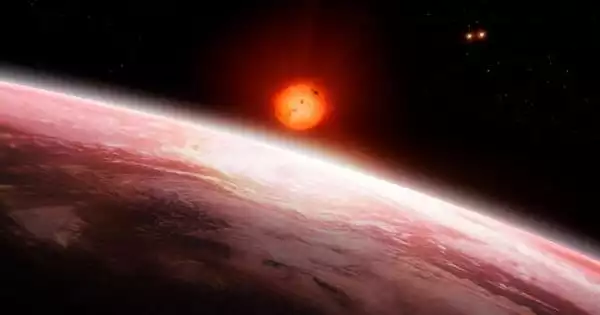The Westbrook Nebula is a cloud of gas and dust in the galaxy that is thought to be a site of star formation. It is located in the constellation Cygnus and is approximately 3,000 light-years from Earth. The nebula is known for its bright red and blue hues, which are caused by the emission of light from young, hot stars and the reflection of that light off of dust particles in the nebula.
The Westbrook Nebula (CRL 618), located in the constellation Auriga, is a bipolar protoplanetary nebula. It is formed by a star that has exited the red giant phase and has stopped nuclear fusion at its core. This star is hidden in the nebula’s center and is ejecting gas and dust at speeds of up to 200 km/s. William E. Westbrook, who died in 1975, inspired the naming of the nebula.
This nebula formed around 200 years ago and is mostly made up of molecular gas. The nebula’s outer layer is the result of interaction between rapid bipolar outflow and gas ejected when the star was in its asymptotic giant branch phase. The lobes are 24° inclined to the line of sight. The energy emitted by the nebula is made up of scattered light from the core star, light emitted from a compact HII region surrounding the star, and energy from shock-excited gas in the lobes.

Microwave emission-line spectra from carbon monoxide rotational transitions can be used to study the dynamics of the molecular gas envelope. The velocity components in these spectra are distinct. The spectral lines’ narrow cores show the well-known parabolic profile of a slow (20 km/sec), high optical depth stellar wind from an Asymptotic Giant Branch (AGB) star. This material was expelled before the object evolved into a protoplanetary nebula and accounts for the majority of the nebula’s mass. A second component is visible as a result of the much faster post-AGB wind. Because the fast (>190 km/sec) wind component has a higher temperature than the slow AGB wind, it becomes more prominent in higher frequency, higher energy spectral lines.
The central star is thought to be of spectral class B0 and has a luminosity of 12,200 times that of the Sun. This star’s photosphere is now hot enough to start ionizing the nebula, and the ionization region is rapidly expanding. The size and rate of growth suggest that ionization began around 1971. Once a significant portion of the nebula has been ionized, it will be classified as a planetary nebula. This means that the Westbrook Nebula is further along in its evolution than the Egg Nebula, whose spectral class F5 star has not yet begun to ionize the nebula material.
















